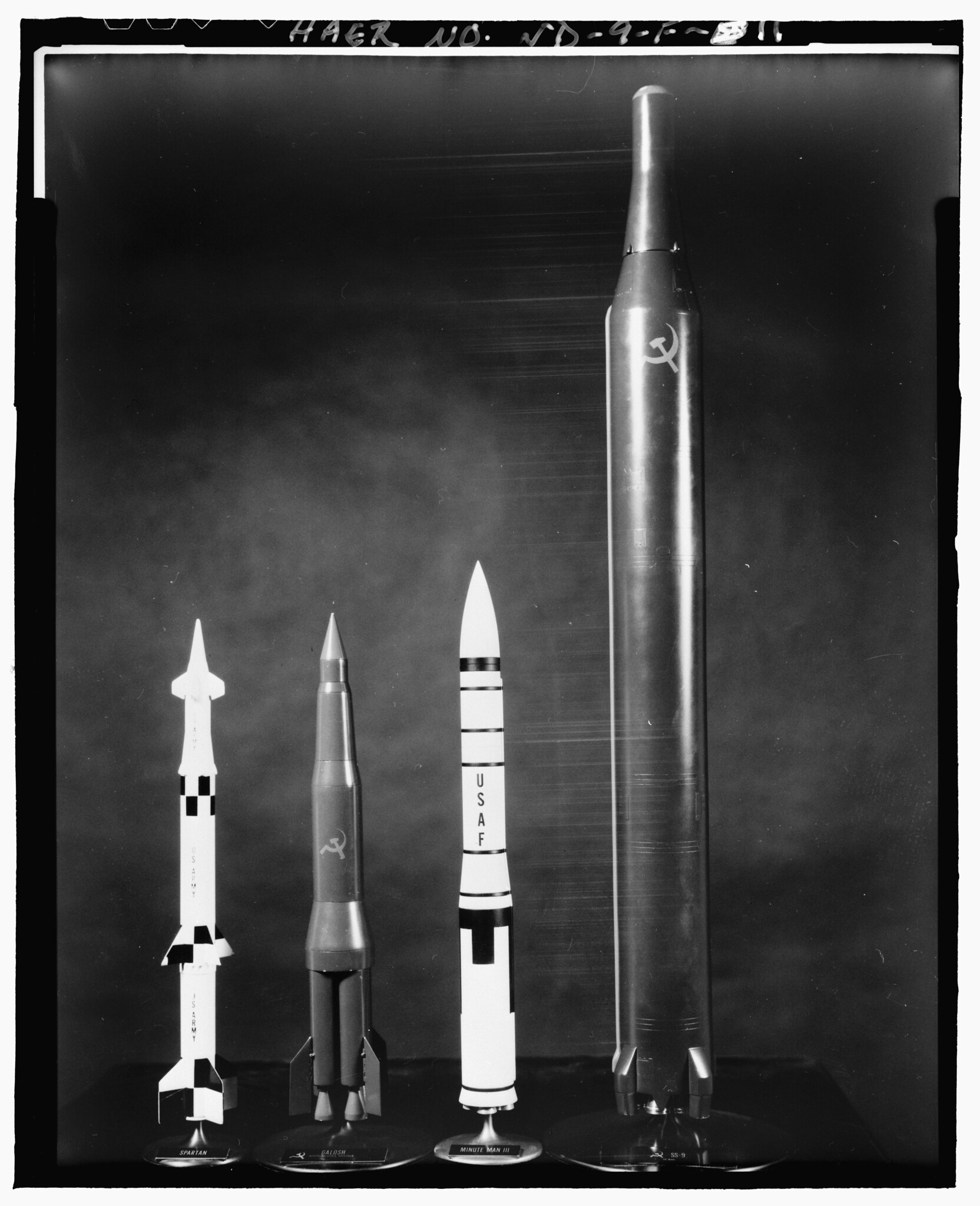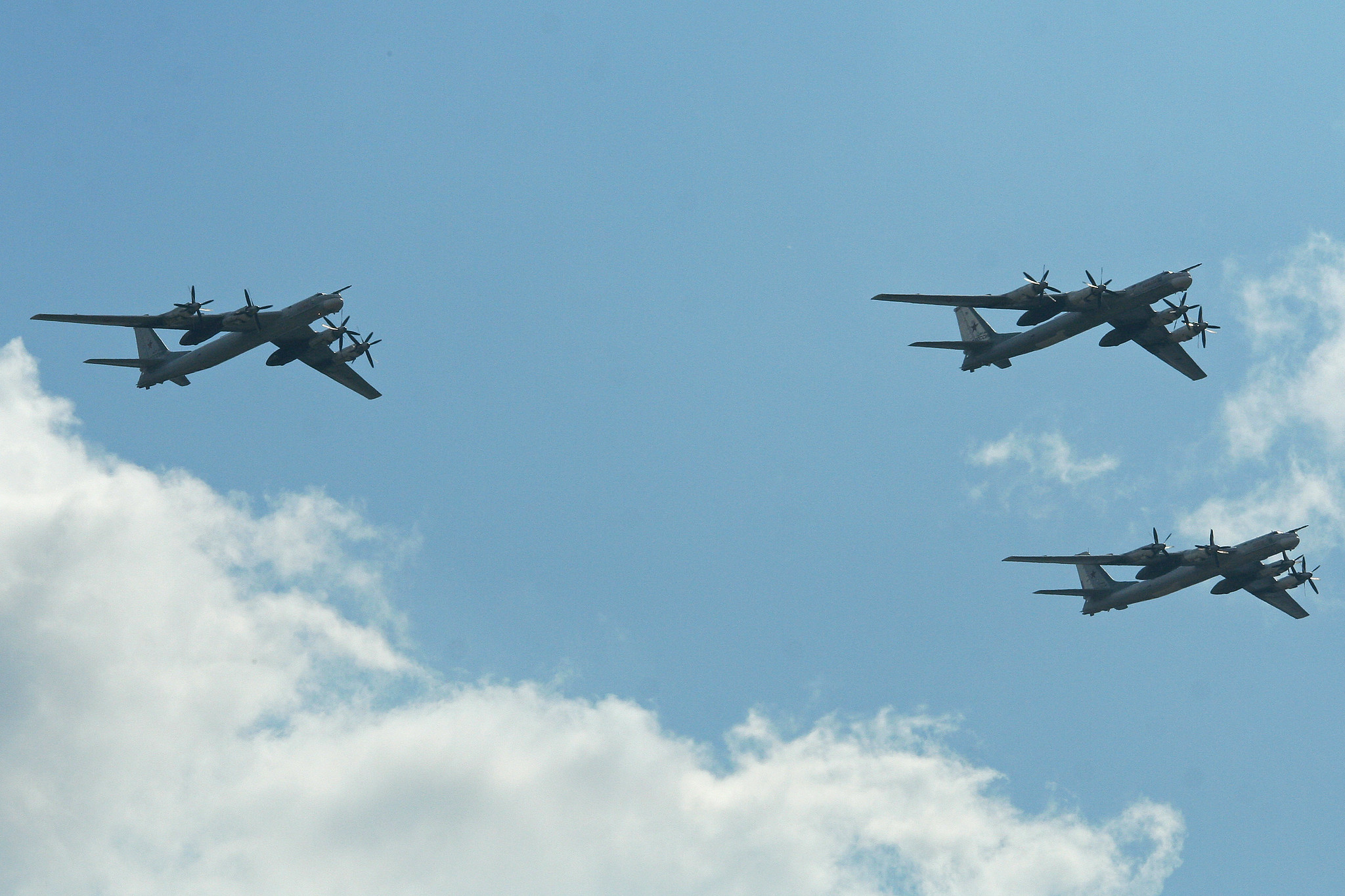
The primary reason I bought Physics and Nuclear Arms Today (Readings from Physics Today) is for one particular article: The nuclear arsenals of the US and USSR, by Barbara Levi, originally published in March 1983.
As mentioned elsewhere in this series of posts, a table in the article has been updated to reflect weapon inventory in 1990.
The article describes developments in 1983.
Previous post described the probability that various weapons would destroy a target hardened to the level of a Minuteman silo.
Equivalent Megatons
Article introduced to me a concept of equivalent megatons (EMT). When comparing effects of nuclear weapons at different yields the kiloton rating cannot be used. The relative destructive power varies based on the yield on megaton raised to the 2/3 power. The formula is: EMP = mt^(2/3) .
In the US, we have about 40% of our EMT on bombers, with another 40% of EMT on ICBM’s, with the remainder on submarines. Because of the smaller yield, about half of the count of weapons is on subs.
In the Soviet Union, about 80% of the EMT is in the ICBM force with about 15% on submarines and a mere 5% on bombers.
Article says that in 1983 about 50% of the US SSBNs ( nuclear missile armed subs, or boomers) were on patrol at a time while only about 15% of the Soviet boomers were at sea at any one moment.
In 1983 the Soviets had 105 Tu-95 Bear and 49 Mya-45 Bison. These bombers carried a pair of 1 mt bombs or missiles.

In 1990 the Soviets had 175 Tu-95 Bears.
In 1983 article says the Tu-22M Backfire bombers were recently deployed, being built at the rate of around 30 per year. The Soviets refused to admit these were strategic aircraft subject to SALT II limits. Yeah, right.
One of many areas where I have minimal understanding is tactical nuclear weaponry. Article says at the time the United States had somewhere around 15,000 tactical nukes and best guesses are the Soviet Union had somewhere around 7,000.
New weapon systems
Article discusses weapons in development back in 1983. Expectations for the MX missile were that it would carry 10 reentry vehicles each with a yield of around 300 kt, with a CEP of something in the range of 100 meters or less.
The lead Trident submarine had recently been deployed at the time the article was written. Eight more were then under contract.
This huge sub is 560 ft long. The way ships are measured is the displacement of water. The Trident will displace 18,700 tons of water. It will carry 24 Trident SLBMs.
Expected cost is $1.2 billion. On top of that will be the cost of two nuclear reactors plus all the missiles and their warheads.
Upgrade of Soviet ICBMs
At time of this article, 1983, the Evil Empire was in the process of massive upgrades to their ICBM force. The 200 S-7 and S-8 missiles were replaced with submarine-based missiles. The replaced missiles carried 5 mt warheads.
The old SS-9 missiles carried a warhead in the range of 20 mt up to 25 mt. Yeah, 20 megaton. Those have been replaced with 300 SS-18s, each of which carry 8 warheads at about 900 kt.
An SS-9 warhead of 20mt or 25 mt has EMT of 7.4 mt or 8.6 mt. A 900 kt warhead has EMT yield of about 0.93 mt.
Estimated circular error probable
Another graph describes the progress in US and Soviet accuracy, with circular error probable measured in nautical miles. Since it is a graph I interpolated a few data points. Here are my approximations:
- Year – US /Soviet
- 1964 – 0.65 / 0.72
- 1968 – 0.25 / 0.30-0.42
- 1976 – 0.10 / 0.15-0.25
